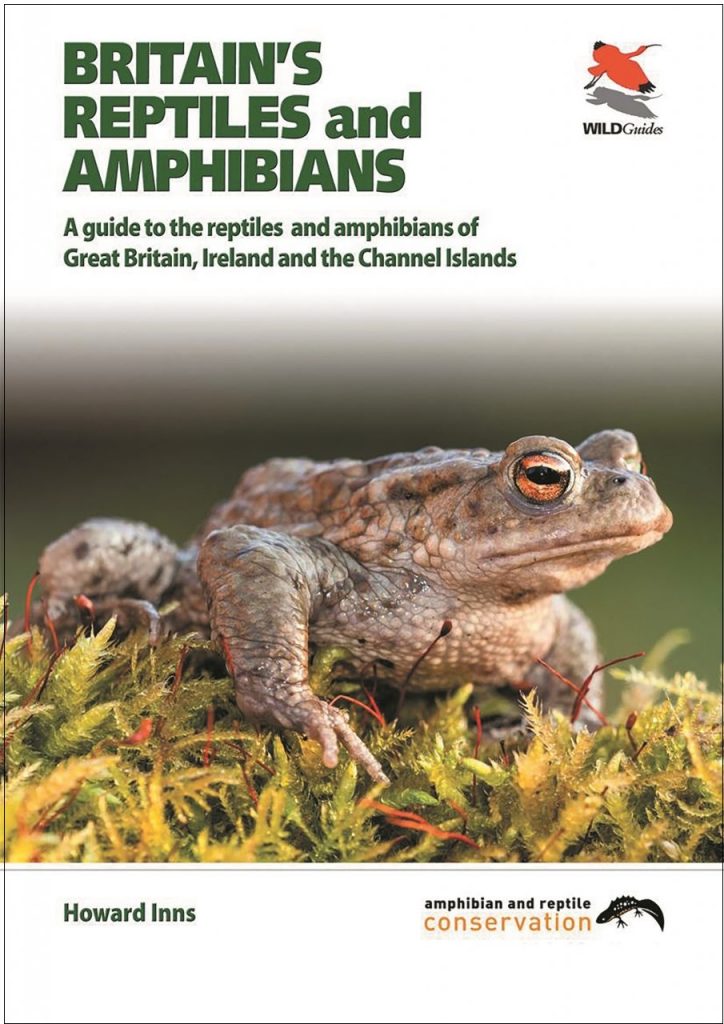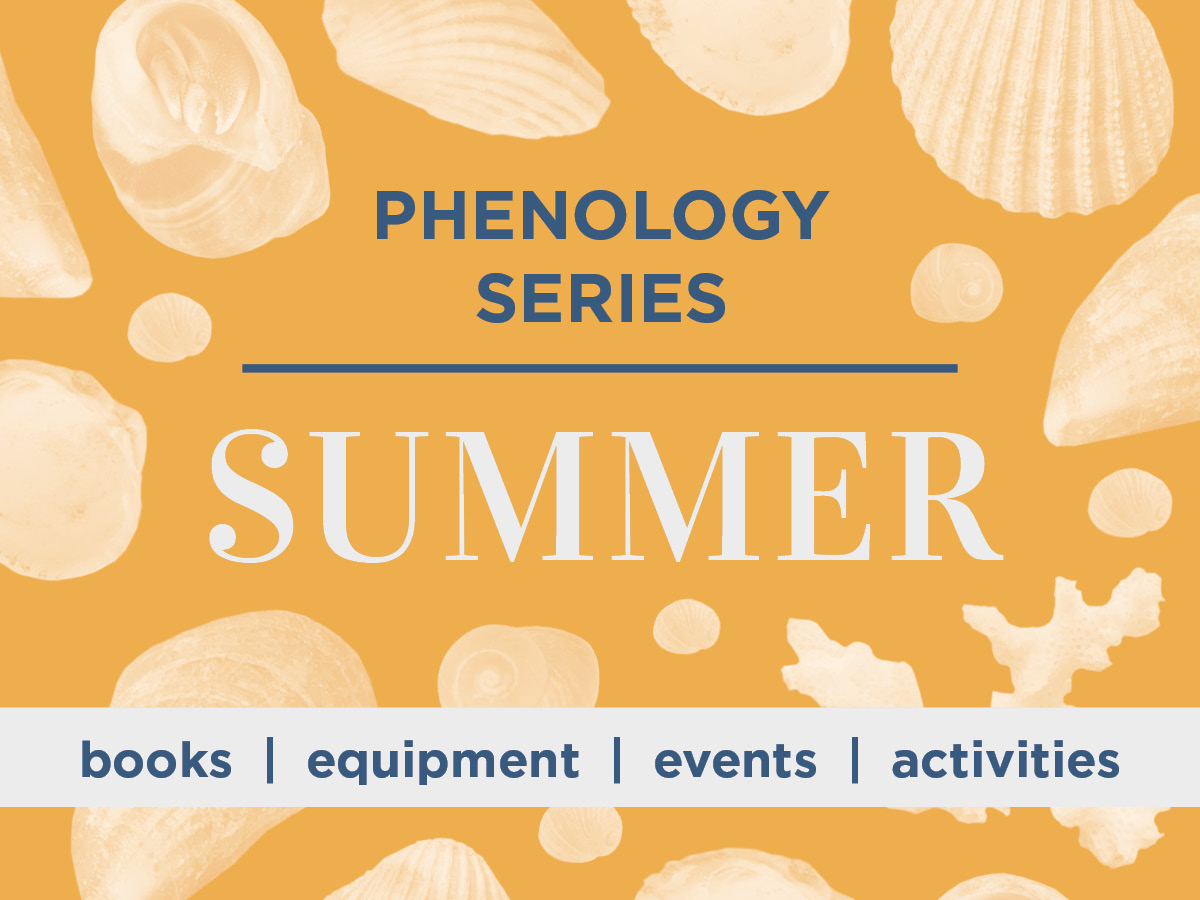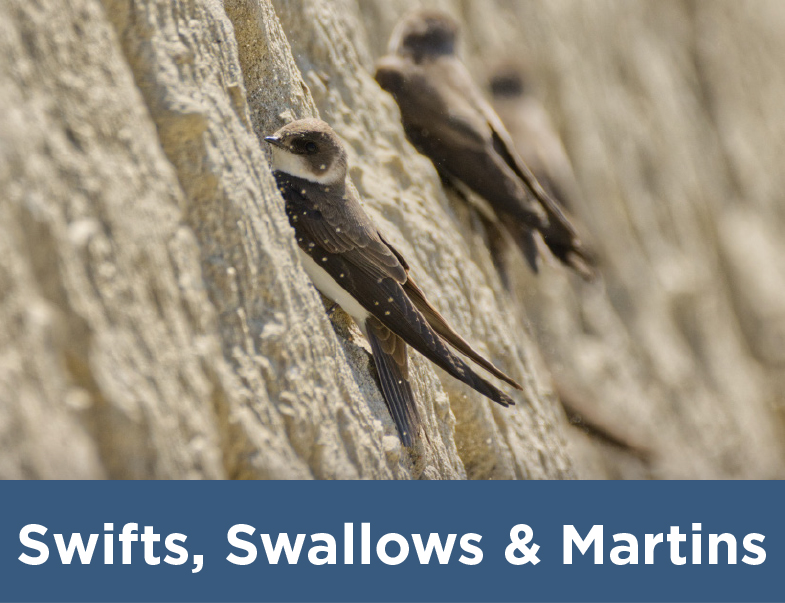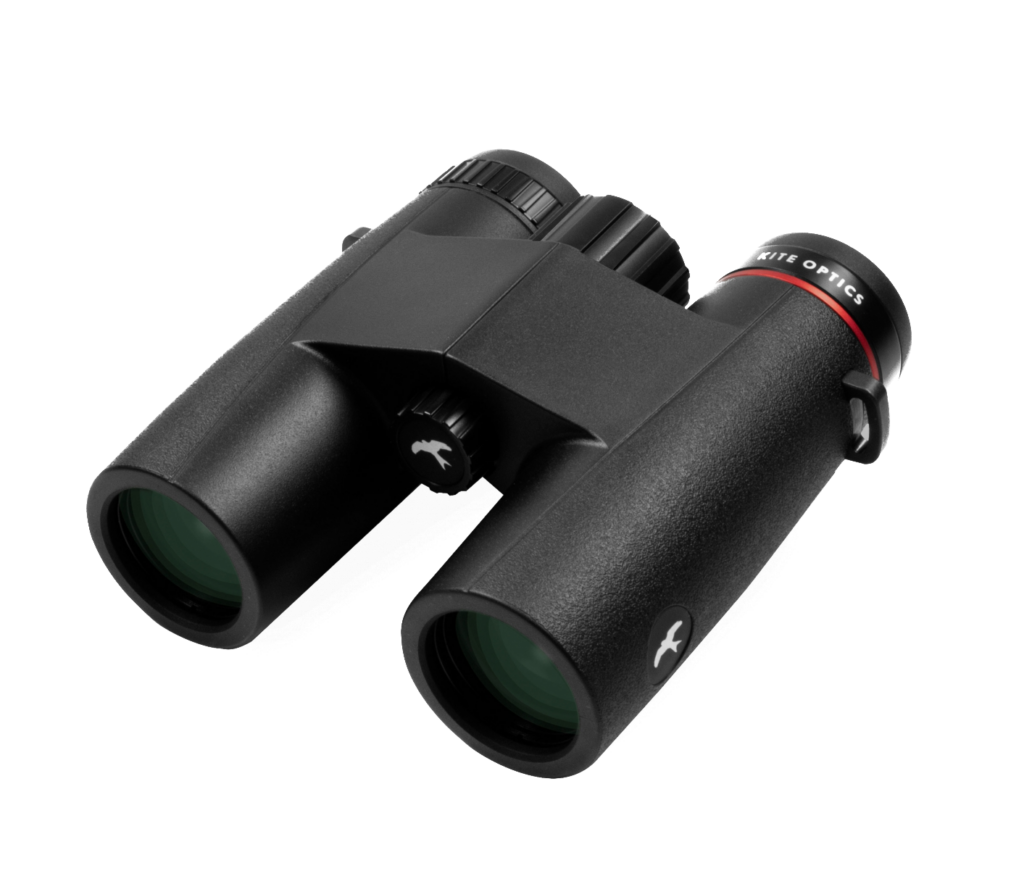
For those of us living where there are four distinct seasons, summer is the period of long, warmer days where the skies, fields, lakes and mountains are alive with the busy activities of plants and animals at the peak of their growing year. Most of the animals that have hatched or been born earlier this year will be beginning to fend for themselves, while many plant species will be coming to the end of their flowering period and preparing to produce seed in an effort to ensure their survival and proliferation.
The combination of warmer weather and longer daylight hours makes this the perfect time to get out and about and experience the beauty and complexity of the natural world.
This is the second in our seasonal phenology series where you can explore a carefully chosen collection of ID blogs, books, equipment and events, all designed to help you make the most of a summer outside. Check out our spring blog and don’t forget to look out for our autumn blog in September.
Identification guides:
What you might see:
• Hedgerows and verges are still home to lots of flowering plants, although the frothy drifts of cow parsley are now coming to an end. Honeysuckle can be seen blooming from June, providing a night-time food source for moths such as the Elephant Hawkmoth (Deilephila elpenor).
 • Bee orchids (Ophrys apifera) will flower briefly in June and July on dry, chalk and limestone grasslands, while sea cliffs will be adorned with the delicate blush of sea thrift (Armeria maritima) from April to October.
• Bee orchids (Ophrys apifera) will flower briefly in June and July on dry, chalk and limestone grasslands, while sea cliffs will be adorned with the delicate blush of sea thrift (Armeria maritima) from April to October.
• Auks, such as Razorbills (Alca torda), Guillemot (Uria aalge), Puffins (Fratercula arctica) and Fulmar (Fulmarus glacialis), come to their cliff nests in spring to lay their eggs. They can still be seen (and heard!) throughout the summer as they make frequent trips out to sea to catch food for their young. Further inland, summer visitors such as Redstart (Phoenicurus phoenicurus), Wood Warblers (Phylloscopus sibilatrix) and Pied Flycatchers (Ficedula hypoleuca) are wonderful to catch a glimpse of.
 • June to August is an important time for ladybirds. During this period, mated females will lay their eggs which then hatch into larvae and form pupae through a series of four stages, or ‘instars’. Adult ladybirds emerge from the pupae in August.
• June to August is an important time for ladybirds. During this period, mated females will lay their eggs which then hatch into larvae and form pupae through a series of four stages, or ‘instars’. Adult ladybirds emerge from the pupae in August.
• Wasps, bumblebees, honeybees and butterflies are all active in the summer and will feed as much as possible while the weather is fine. Small Tortoiseshell (Aglais urticae) and Red Admiral (Vanessa atalanta) butterflies can both be frequently seen around nettles where they like to lay their eggs.
• Frogs and toads spend their days keeping cool in damp and shady areas and are often found in overgrown areas of the garden during the summer. This year’s froglets and toadlets will remain in the water until late summer.
 • The summer months are a great time to spot bats hunting for insects during the dusk and dawn hours. Female bats give birth to their young in June and within three weeks these juveniles will be learning to fly themselves. By August the youngsters will no longer need their mother’s milk and will be hunting for their own food.
• The summer months are a great time to spot bats hunting for insects during the dusk and dawn hours. Female bats give birth to their young in June and within three weeks these juveniles will be learning to fly themselves. By August the youngsters will no longer need their mother’s milk and will be hunting for their own food.
Activities:
Upcoming events
Big Butterfly Count – 15th July to 7th August
British Dragonfly Week – 16th to 24th July
National Marine Week – 23rd July to 7th August
International Bat Night – 27th to 28th August
Essential equipment and books:
Field Guide to the Moths of Great Britain and Ireland
This beautifully illustrated and comprehensive field guide shows moths in their natural resting postures. It also includes paintings of different forms, underwings and other details to help with identification.
 Britain’s Reptiles and Amphibians: A Guide to the Reptiles and Amphibians of Great Britain, Ireland and the Channel Islands
Britain’s Reptiles and Amphibians: A Guide to the Reptiles and Amphibians of Great Britain, Ireland and the Channel Islands
This detailed guide to the reptiles and amphibians of Britain, Ireland and the Channel Isles is designed to help anyone identify a lizard, snake, turtle, tortoise, terrapin, frog, toad or newt with confidence.
 The Wild Flower Key: How to Identify Wild Flowers, Trees and Shrubs in Britain and Ireland
The Wild Flower Key: How to Identify Wild Flowers, Trees and Shrubs in Britain and Ireland
This essential wild flower guide is packed with identification tips and high-quality illustrations, as well as innovative features designed to assist beginners. The text aims to be as useful as possible for those working in conservation and includes a compilation of the latest research on ancient woodland indicator plants.
A lightweight and highly portable trap, tested and approved by Butterfly Conservation. This mains-powered trap runs a single 20W blacklight bulb (included) and comes supplied with a 4.5m power lead with UK plug.
These affordable binoculars have been designed for everyday use and have a robust housing, great field of view and produce a bright, colour-balanced image.
A handheld super-heterodyne bat detector with an illuminated easy-to-read LCD frequency display. This fantastic entry-level detector converts ultrasonic bat calls into a sound that is audible to humans, allowing you to listen to and identify the bats flying around you.
Browse our full collection for more field guides and equipment highlights.












